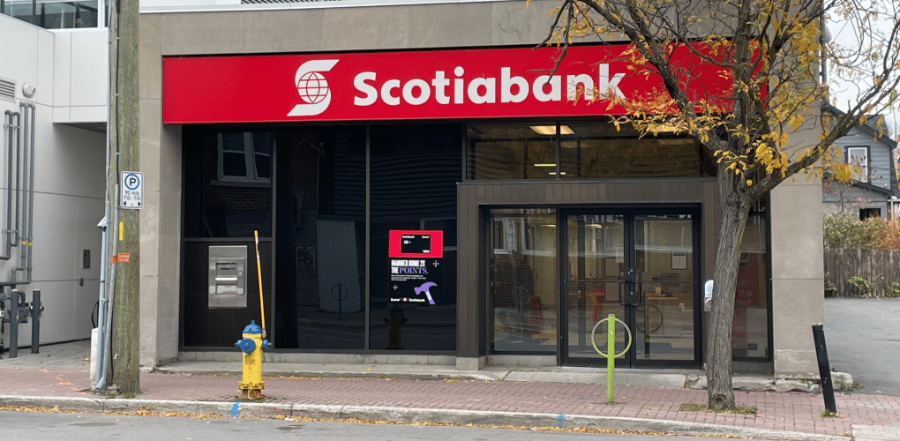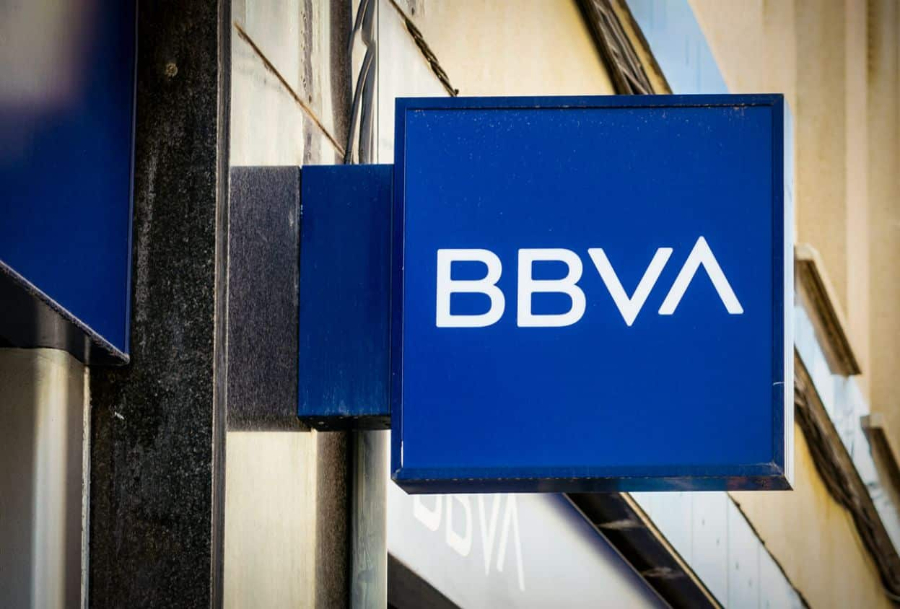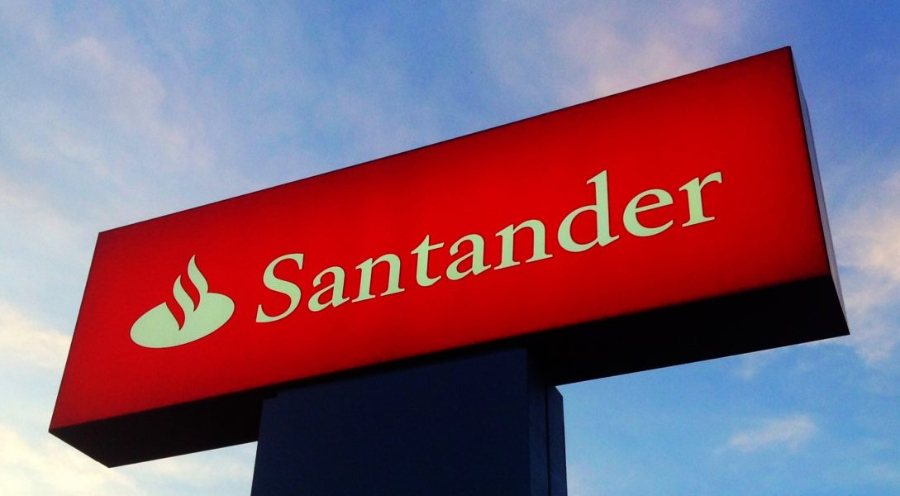
When it comes to banking, there are many different banks to choose from in La Paz. To help new arrivals to figure out where to start, I visited a few banks and went to the websites of others to get a sense of what expats can expect if they want to open a bank account. The list of banks here is by no means exhaustive, but included here are 5 of the common ones. In this article, we try to answer these questions:
- Who can open an account?
- Are deposits guaranteed?
- How do I apply for an account?
- What documents are needed to open an account?
- How long does it take to open an account?
- Is interest earned on your deposit accounts?
- How much money to I need to deposit to open an account?
- Are there any fees for maintaining an account?
- Do you offer bank machines? What are your bank machine charges?
- Do you offer online banking options? Do you have a secure banking app?
- What kinds of other products do you offer clients?
The banks that O checked into are: Scotiabank, Santander, BBVA and Citibanamex. Here is what I found:
* IPAB is a federal program that guarantees bank deposits of small and medium-sized savers and resolves banks with solvency problems at the lowest possible cost, contributing to the stability of the banking system and safeguarding the national payment system. The IPAB guarantees payment of up to 400,000 investment units (UDI) per person, per bank, of the guaranteed operations (deposit accounts only, not investment accounts) for banks that are affiliated with the program.
One UDI is 8.256 pesos today, and so it means about $164,000 USD of your investment is guaranteed from IPAB Instituto Para La Protection al Ahorro Bancario (Institute for the protection of Bank Deposits/savings).
If you have more than $160,000 to deposit, it might be a good idea to spread your money among different banks.
Scotiabank Mexico

If you are a Canadian expat, you may have seen Scotiabank branches here in La Paz. While it has the same name, it is not actually the same company as Scotiabank in Canada. That said, they do permit Canadians who hold an account at Scotiabank Canada to use their bank machines and do international money transfers without fees.
On their website, Scotiabank claims to have bilingual offices in many locations around Mexico, including the one in La Paz, but my experience in banking there for the past 9 years is that it is difficult to get service in English if you can get it at all. That said, the staff is friendly and helpful, and they will stamp your parking ticket to pay for your first hour of parking at the parking lot across the street!
Scotiabank here in La Paz does not offer online sign-up for accounts, but they do now offer accounts to both permanent and temporary residents, as well as people holding a visitor’s visa. To open an account, you must come into the branch office and bring with you:
- Current Passport
- Proof of address (a utility or tax bill) not older than 3 months
- Proof of income for credits applications
- An interpreter/translator if possible (if you do not speak Spanish)
- Migratory document or proof of legal stay in Mexico, for example:
- If you are a visitor, your Visa or permit that allows a stay of up to no more than 180 days for Tourism, Transit and Business, among others.
- If you are a temporary resident, a document that allows you to stay in Mexican territory from 180 days to 4 years.
- If you are a permanent resident, a document that allows residence in the country for more than 4 years.
It will take at least a couple of hours to go through the application process, so don’t go unless you have lots of time available. We recommend bringing someone who can speak Spanish to help you if you can.
You will need to deposit a minimum of 1500 pesos for a regular deposit account, and to avoid paying monthly fees you need to maintain that minimum balance ($5000 pesos for a business account). If your balance falls below that number, you will be charged for each action that occurs on your account until the balance returns to above the minimum.
They do have checking, investment, and business account options for clients, but all of their accounts have a minimum balance requirement to avoid fees, and they do not pay interest on their deposit accounts, only on investment accounts.
Scotiabank does provide an English webpage for foreigners who wish to open an account there, but you need to know where to look for it: https://www.scotiabank.com.mx/servicios-bancarios/bank-account-non-resident-foreigners.aspx
They have only one branch in La Paz, and only 3 bank machines in the whole city, all located relatively centrally. Most major cities and some of the smaller ones do have Scotiabank branches. But they also offer both online banking and a secure banking app.
Scotiabank Mexico does offer credit cards, but their interest rates are 66% annually and there is an annual fee of over 1300 pesos as well.
BBVA

BBVA is one of the biggest and most popular and common banks in La Paz. They have many branches, many ATMs, and they offer many services. That said, there is very little English spoken at BBVA, so you may need to bring a translator or friend who can help with interpretations if you are not fluent in Spanish. However, their online presence is very strong and, with the help of translation features in browsers such as Chrome, you can fairly easily translate the content of their website, which is very well put together and informative. They do allow both permanent residents, temporary residents as well as people holding visitors’ visas to open accounts.
There is a strong push at BBVA to get users to sign up for their account online and to maintain an online account instead of using the local bank branches. In online accounts the process for opening an account is much simpler and take much less time, within less than a day. However, as a non-Mexican you must sign up for your account in person. You must take with you:
- Your passport with at least 6 months remaining on its period of validity.
- Your migratory document (Temporary Residency Card, Permanent Residency Card, or INE/Mexican Citizenship card)
- Proof of address (a utility bill or tax bill not older than 3 months) – preferably in your name
- An interpreter/translator if possible
- It is recommended to bring your RFC number and recent constancia.
BBVA offers a wide range of products that have no fees and no minimum balance that must be maintained, but the accounts have different levels that may limit the amount of money you can deposit in any given month or the number of transactions you can have on the account in a month.
Line-ups in the BBVA can see clients waiting for 45-75 minutes to see a teller for a payment that can’t be processed online such as an immigration permit to leave the country. The wait can be even longer if you are not yet a client of the bank. They do offer online banking as well as a secure app to help with your banking, however, you do need to be at least a little bit tech savvy to be able to manage your account online and you need to have a Mexican telephone number as US numbers do not work in their system.
BBVA also offers what’s called a Libreton Premium account. To have this premium deposit account, which allows you to deposit as much as you want every month and to have as many interactions as you want, you are required to sign an agreement for what constitutes an insurance policy called Meta Segura. Read more about it here https://livewellmexico.com/post/a-cautionary-tale-my-experience-opening-a-bbva-account/.
Santander

Santander is one of the common, big banks in Mexico. They offer many branch locations and bank machines in a wide range of areas. They are affiliated with IPAB for deposit insurance and offer accounts to permanent and temporary residents, but only if they have an RFC (a Mexican taxation number). Non-citizens must go into the branch in order to open their account, while Mexican citizens can apply online. They do have online banking and a secure app, but users must go into the branch to get assistance with anything.
To apply for an account you must take with you:
- Your passport with at least 6 months remaining on its period of validity.
- Your migratory document (Temporary Residency Card, Permanent Residency Card, or INE/Mexican Citizenship card)
- Proof of address (a utility bill or tax bill not older than 3 months) – preferably in your name
- An interpreter/translator if possible
- Your RFC number and recent constancia (an official statement about your current taxation status).
Santander offers deposit accounts as well as investment and business accounts. One must deposit at least 1000 to open an account but must maintain an average balance of 4000 pesos to avoid a charge of 280 peso per event.
While they do have one of the lowest ATM fees for non-clients and one of the best exchange rates for taking out funds from a Canadian or American bank, because of the high fees, need for an RFC and lack of English support, it may not be the best choice for new expats for their day-to-day banking needs. Those with more experience banking in Mexico and at least some Spanish, or someone willing to help with translation, might find it meets their needs.
Citibanamex
This bank does not offer accounts to temporary residents or visitors, only to those with permanent residency.
When applying for an account you need to bring:
- your passport that is not going to expire for at least six months
- your permanent residency or INE/Voter card
- a utility bill from where you are currently living in Mexico with your name on it.
- If you don’t have one with your name on it, you can bring the one for the property you are staying in that has someone else’s name on it, but it will take longer for you to be able to open the account. They said it can take a week or two because they need to go to your home to check to make sure you actually live at the address you’ve given them. Once they can confirm you live there, they will activate the account.
You must make an initial deposit of at least 1000 pesos to open an account. You do not need to maintain that balance indefinitely, but it does need to be deposited initially.
They offer different types of accounts including checking and investment as well as business accounts. Some accounts have a required minimum to maintain no fees others have fees regardless.
Wherever you decide to bank in the end, be sure you clearly understand what it is you are signing up for and what the expectations are so that you don’t end up with unexpected fees or complications. Having an interpreter along with you, if you are not Spanish speaking is highly recommended.
NOTE*** All of the opinions expressed in this article are entirely my own, based on my own experience and research, and do not reflect the opinions of Baja Life Realty***

Sue Bell is Baja Life Realty’s office and marketing administrator, helping us out with a variety of projects, including Spanish translations of key documents, keeping our listings up to date, and promoting the La Paz lifestyle on our Facebook page and blog. In addition to her work at Baja Life Realty, Sue is a bilingual personal concierge. That means she helps clients with setting up services such as banking, utilities, cell phone service and more. She hosts a Starter Kit for Living in Baja workshop, which teaches new homeowners how to connect with local contractors, join local expat groups, source furniture and other items for your home, and much more. To learn more about Sue’s personal concierge service you can check her out on facebook at https://www.facebook.com/profile.php?id=61551697332005 or contact her via email at sue(at)suecasalapaz(dotted)com

